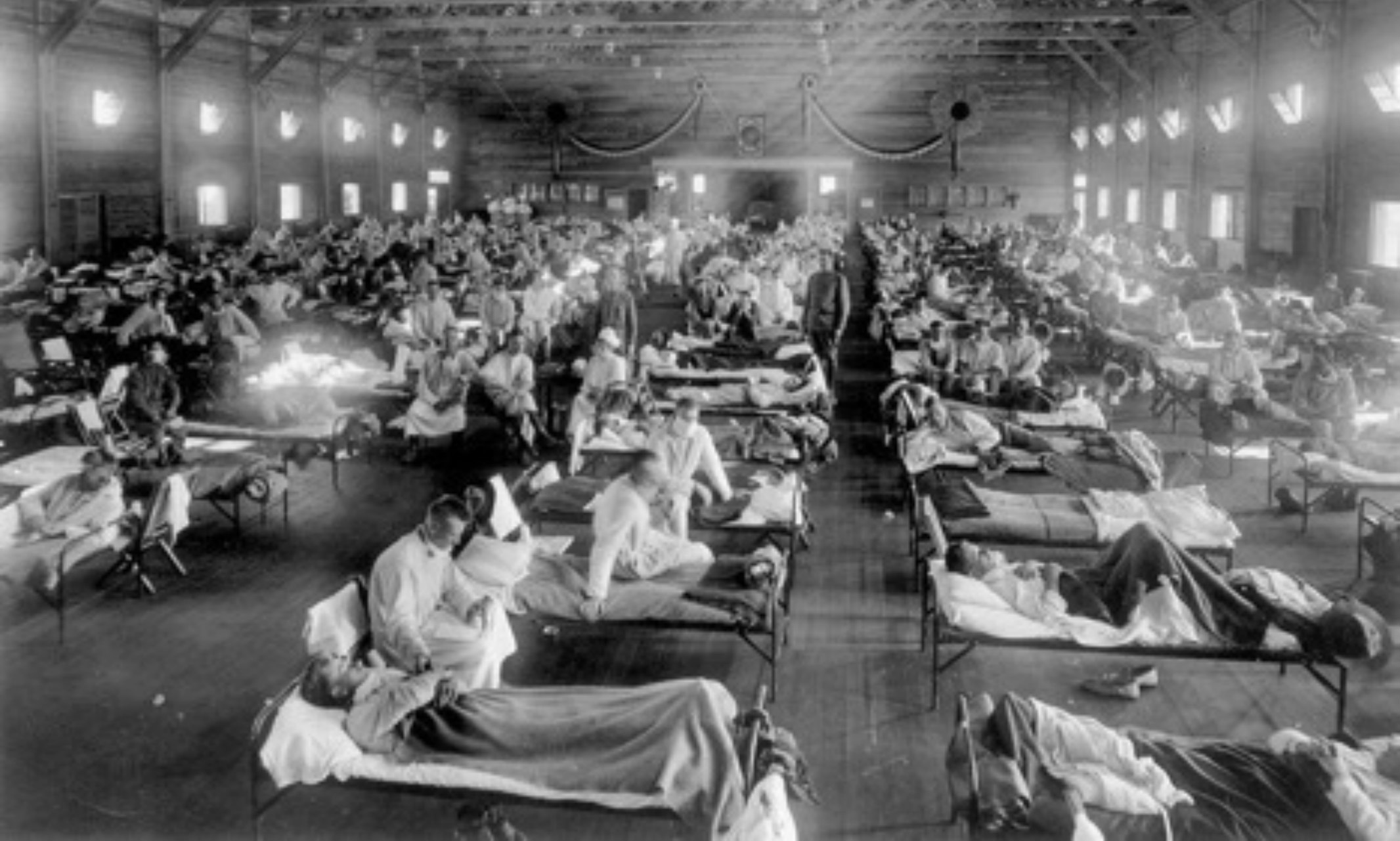The year was 1918. The world was at war, tens of thousands of soldiers spent weeks at a time in filthy, fetid trenches and, according to Susan Sykes Berry, “medical science at the time was still arguing about what caused disease: miasmas, chemicals called zymes, or germs.” During the next three years, despite the absence of 21st century jet travel and global commerce, a horrific respiratory illness ravaged the world. Precise statistics still elude historians, but it is estimated that the so-called “Spanish Flu” infected a quarter of the world’s population and killed tens a millions of people.
A shade more than a century later, the world is a much different place, and medical science has advanced exponentially. Nevertheless, lessons of 1918 apply today, Sykes Berry said. A retired UMKC medical librarian and registered nurse, she earned a master’s degree in history from UMKC in 2010 with a thesis entitled “Politics and Pandemic In 1918 Kansas City.”
“The 1918 flu was so deadly because it was a new strain of flu,” she said. “Because of research by Jeffrey Taubenberger, Ann Reid and others published in the journal Virology in 2000, we now know it was an H1N1 strain. So no one had any immunity.”
According to her 2010 thesis, “Kansas City did not escape the influenza pandemic. Public health officials began their response by denying there was a problem, and finished their response by simply waiting for the disease to run its course. Between those extremes there was political infighting, flouting of quarantines and bans by businesses and the public, lack of coordination with Kansas officials, and many needless citizen deaths.”
Today, Sykes Berry sees parallels.
“The lessons from 1918 that apply today is that quarantines have to be applied everywhere in order to work,” she said. “It isn't effective to close Kansas, and not Missouri, when all people need to do is drive across an invisible state line. In 1918, Kansas had less death than Missouri because they had a better quarantine. I fully endorse the recommendations of the Core4 governments (the city of Kansas City, Missouri; Jackson County, Missouri; Johnson County, Kansas and the Unified Government of Wyandotte County and Kansas City, Kansas) in recognizing that Kansas City is one big metro area and for an effective response the whole metro area has to act.
“Those four governments have saved lives.”
In an interview with KCTV5, Sykes Berry said the city’s response in 1918 was ineffective because of interference from political bosses such as Tom Pendergast.
“They would not shut anything down,” she said. “Streetcars were still running and saloons that Pendergast owned remained open. The chamber of commerce, for whatever reason, was actually trying to get the city to shut down. So, businesses that were in the chamber of commerce were trying, but the city just couldn’t get its act together.”
It is estimated that 11,000 in Kansas City were infected, and 2,300 died.
Sykes Berry also said that while the news media popularized the term “Spanish Flu,” there is evidence that the disease actually may have arisen in Kansas and was spread globally by soldiers deploying to World War I from what is now Fort Riley.
“John Barry, who wrote ‘The Great Influenza: The Story of the Deadliest Pandemic in History,’ was the historian who first came up with that idea,” she said. “But in my research I was able to find mention of a severe influenza in the Santa Fe Monitor in April of 1918, and also mention of soldiers from Camp Funston (now Fort Riley) who had been back and forth during the period. So it is a plausible theory. However, almost all historians agree that it was spread so quickly by soldiers due to the war.”

